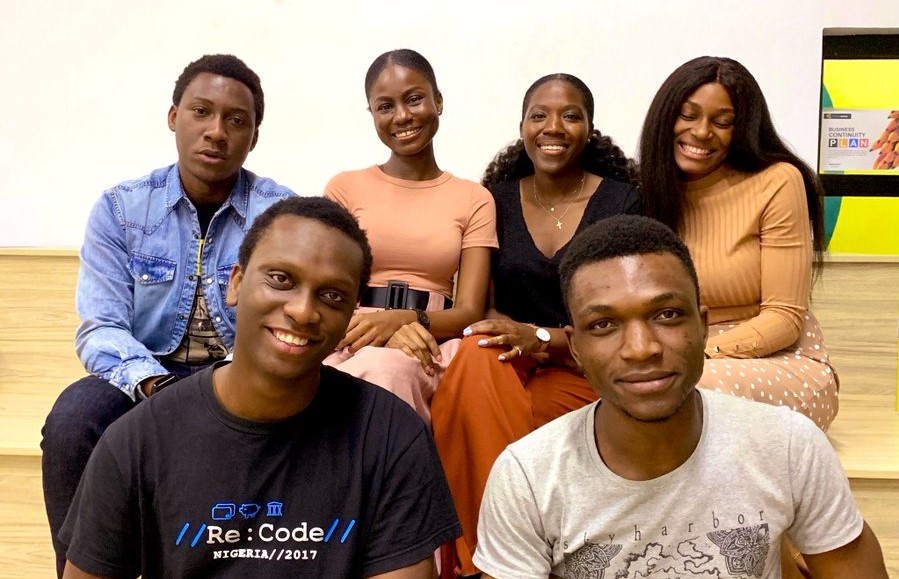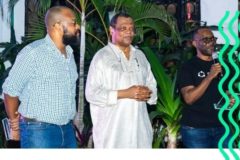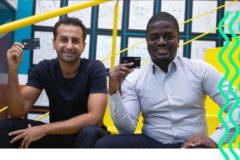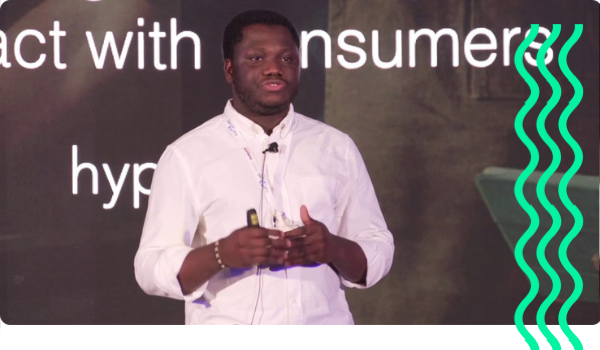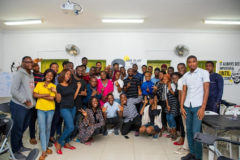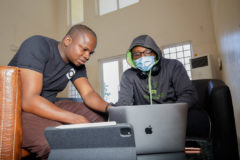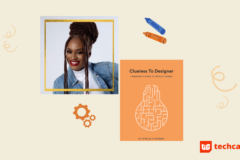In August 2018, Mariam Braimah had an idea to create a formal program where Africans could learn product design. It would be intense, practical and taught by experienced designers in Silicon Valley and Africa.
Born and raised in New York, Braimah had an early insight into how design works by observing similarities between the architecture of lower-income housing and prisons. It seemed she would study architecture but that required physics which she “failed woefully” in architecture school.
Architecture’s loss was computer science’s gain, though.
Now that she’s been a designer at Netflix for nearly five years, helping other people realise their design dreams is one of Braimah’s passions. Being of Nigerian descent, Africa became her choice for the project. She named it Kimoyo, a Bantu word that translates to “of the spirit.”
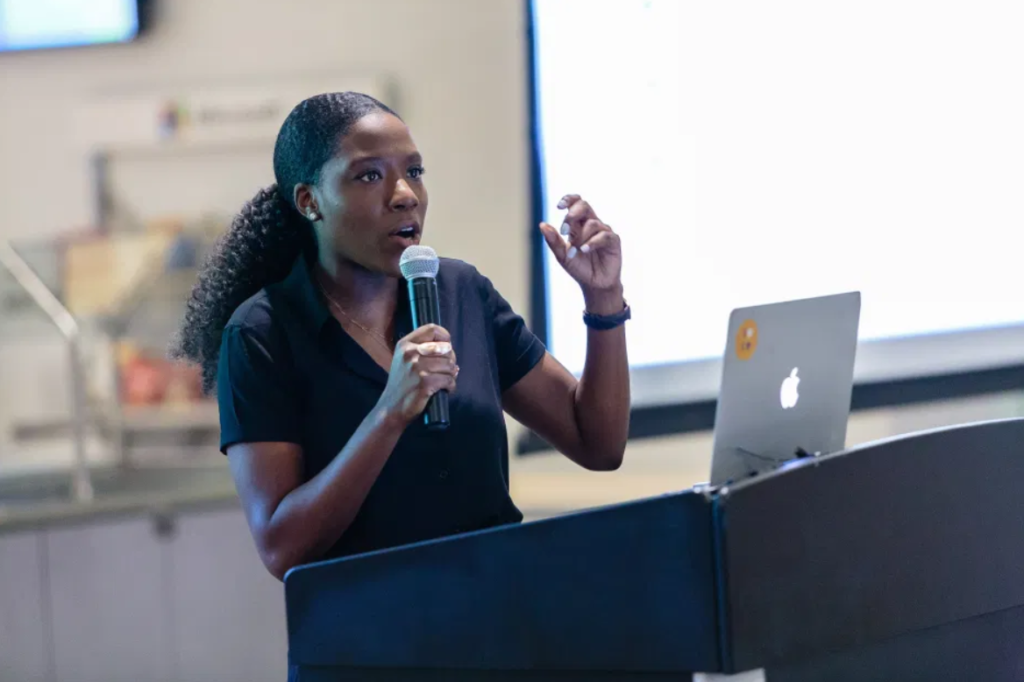
In 2019, the Kimoyo Fellowship held its first cohort of product design training. Over 500 people applied for a 3-month curriculum in graphic design and design thinking. They were mentored by product designers at Airbnb, Twitter and Facebook.
The five fellows selected were paired with two mentors: one from the US and one from Nigeria.
Although Braimah is based in San Francisco, she collaborates with Namnso Ukpanah, a product designer at Flutterwave, to drive Kimoyo on the ground in Nigeria.
They have launched applications for their 2nd cohort this month. And instead of making it just for Nigerians, Kimoyo has opened up to people in Ghana, Kenya & Rwanda. (It ends on Monday, May 3rd, so apply now!).
Kimoyo’s 2nd cohort, just like their 1st, will be a three-month programme of paced virtual learning. Once the programme wraps up, its participants will qualify for entry-level jobs at Nigerian tech companies.
To be sure, the fellowship is not for people beginning from scratch. Some familiarity with tools and a basic understanding of design is necessary. Otherwise, Kimoyo wants to reach everyone.
Because it is a full-time programme, learners get a weekly stipend and a monthly wi-fi allowance. The first two months are for learning and testing. The last month explores the intersection between the product and business sides by working on real-world problems.
What is the big picture for Braimah?
On a call, she tells me that Kimoyo started to answer questions people were asking her about ways to start a career in product design.
Transforming that medium into a formal learning organisation was partly motivated by Andela, she says. Iyinoluwa Aboyeji, one of Andela’s co-founders, is an advisor for the Kimoyo Fellowship.
At a deeper level, though, Braimah wants to diversify the global design community. She wants to see more Africans in the space, permeating hallowed design rooms at Apple and Airbnb and other famed design-led companies.
And if you are going to do that sort of thing, why not in Africa?
Braimah thinks the design community in Nigeria today is where San Francisco’s was 8-10 years ago. But rapid growth is happening with the rise of startup and design culture in Lagos. Kimoyo adds to a growing list of communities centred around design, such as Usable, forLoop, Asacoterie, and Figma Africa.
Rather than see this as competition, Braimah is convinced that more, not less, design groups are needed to build a solid base in the ecosystem.
“All of these communities need to co-exist because they offer different values. People are being exposed to different design opportunities,” Braimah says.
Her plans go beyond periodic training, though. Apart from the fellowship, Braimah has built one product design facility that could add more professionalism and efficiency to how tech products are created in Africa.
Testing with Kimoyo Insights
Product managers will tell you that user testing is a critical cog in the product development process. But how do you test product prototypes in a way that is objective and non-intrusive for users?
Braimah’s answer is Kimoyo Insights, a web platform that came out of private beta at the end of March. The platform is designed to help “Take the wahala out of getting quality feedback & user testers within the continent.”
On the platform, product teams can indicate what type of testers they want by filling out a survey. Kimoyo does the work of scheduling the participants and can conduct interviews on behalf of product teams if requested. Individuals can sign up to be testers (I have!)
It speaks to Braimah’s long-term view of what the product development space in Nigeria can become that she committed to building this.
The fellowship application comes and goes, but Kimoyo Insights will always be available to make a difference in how useful and usable African tech products are.
It speaks to Braimah’s long-term view of what the product development space in Nigeria can become that she committed to building this.
The fellowship application comes and goes, but Kimoyo Insights will always be available to make a difference in how useful and usable African tech products are.
Let’s export African design
Ukpanah, the designer at Flutterwave, is immersed in the Nigerian design community and believes growth is happening. Product interfaces and experience designs are more considerate of users. He wants a design-led approach to be used to rethink the healthcare delivery in Nigeria.
At the moment, most people take their design cues from products built by the likes of Apple and Spotify. Are we going to see Africa make products that define how the world thinks about design in tech?
“Yes and that time is rapidly approaching,” Braimah says, mentioning that Paystack’s design is as good if not better than Stripe’s.
One could say that’s the spirit that lifts Africa. It’s up to designers that are “of the spirit” to push for that destination.







